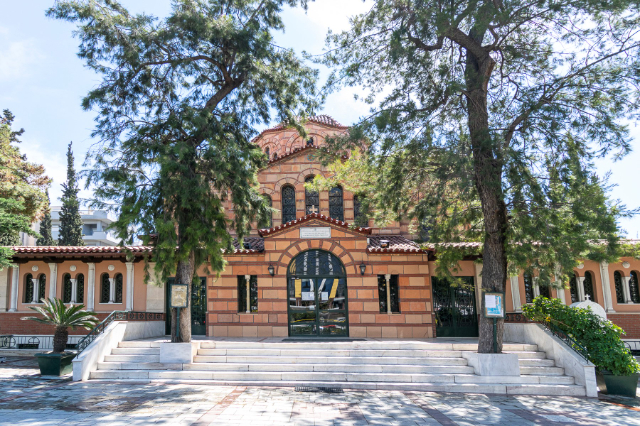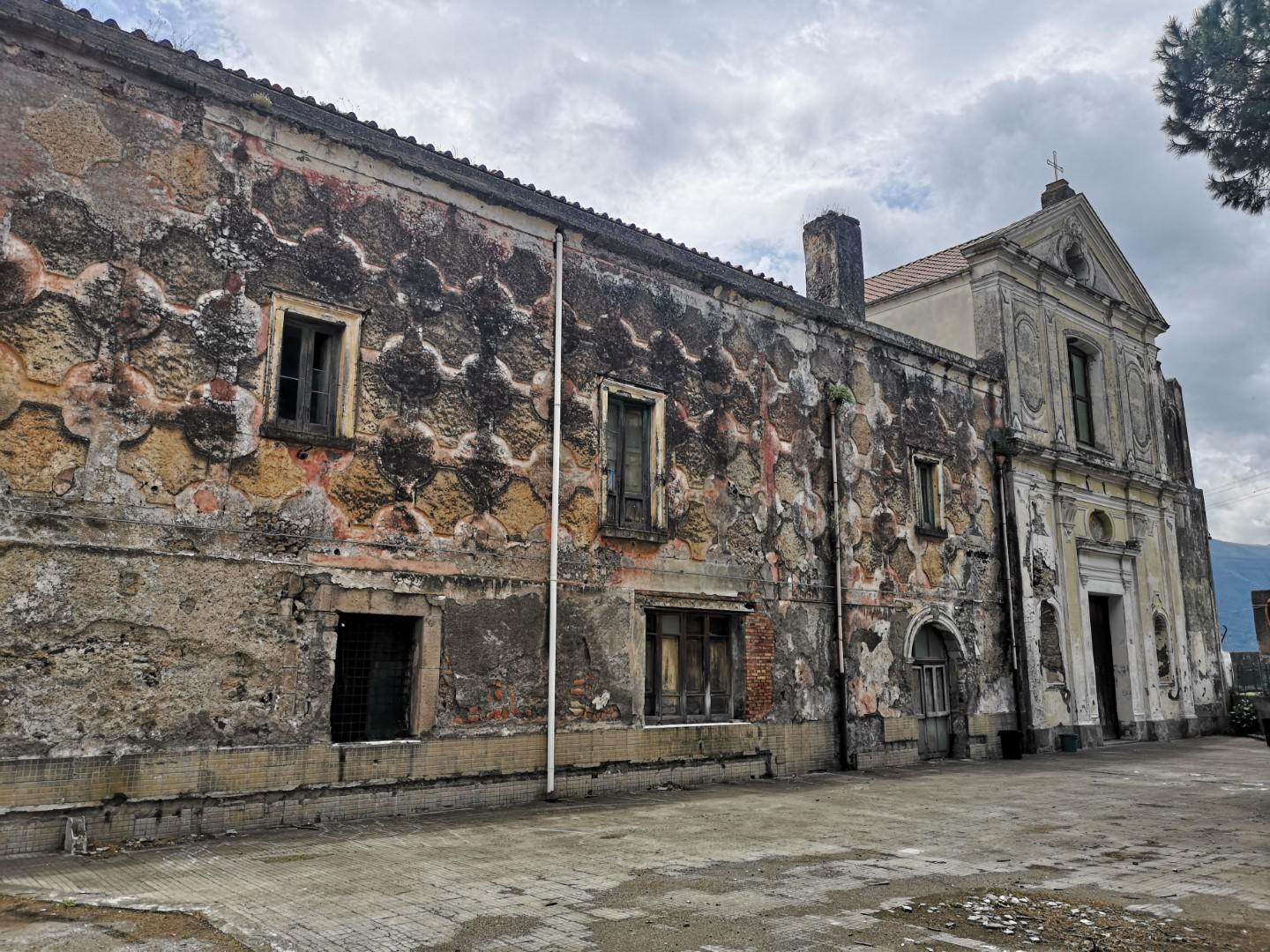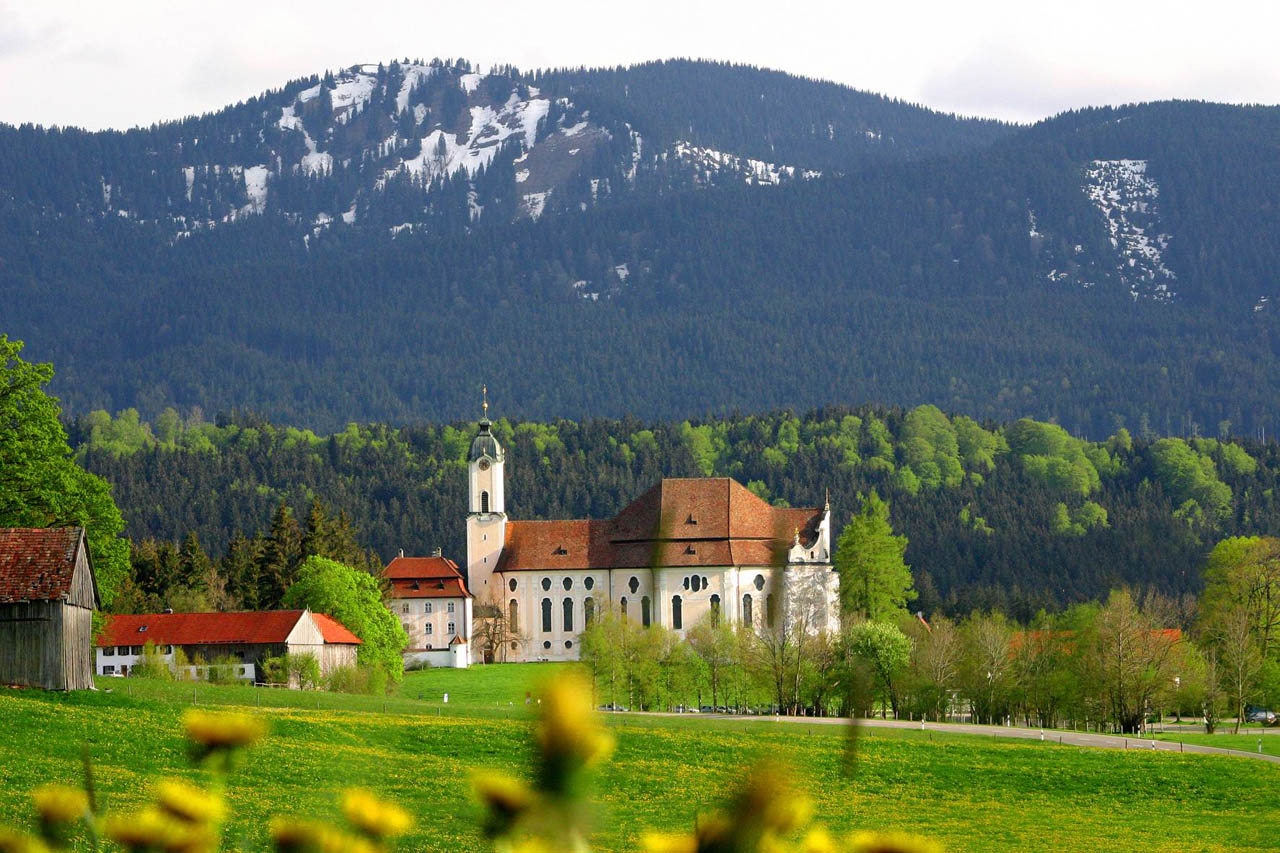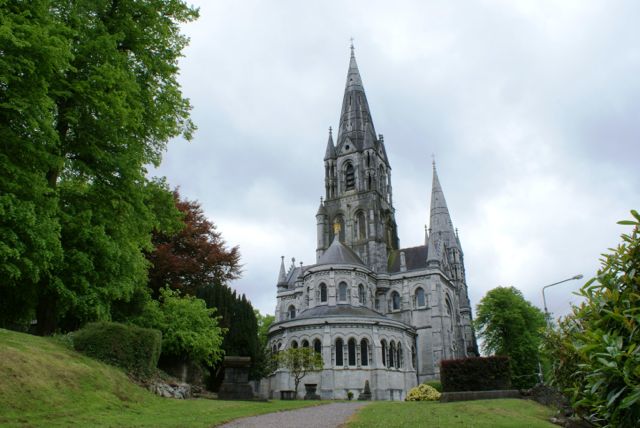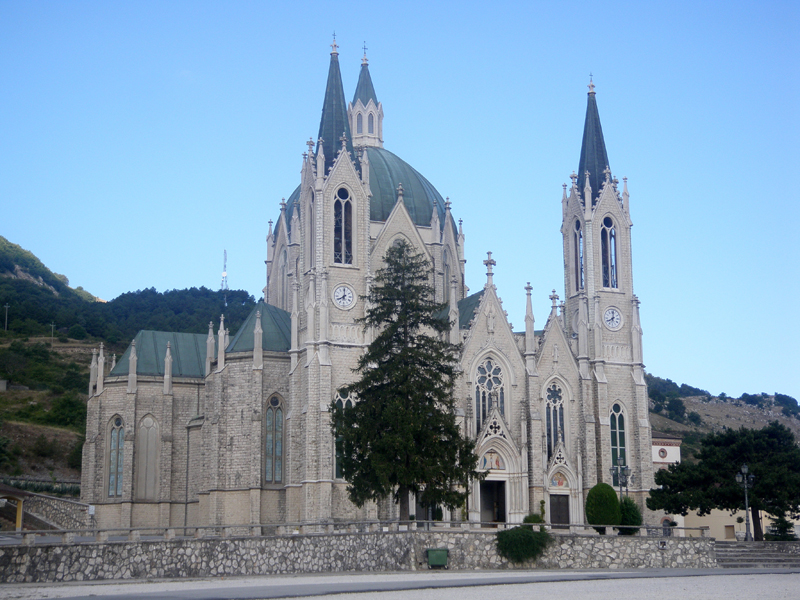Discover Church of Agios Sostis in Athens, Greece: This Byzantine Church was moved from Paris to Athens block by block.The Christ the Savior Church, or Agios Sostis Church, in the Neos Cosmos neighborhood of Athens is a structure with a story that ties together architecture, politics, and history in an unexpected way. It stands as a living testament to a dramatic period in Greek history, and its story began far from Greece—in Paris, France, to be precise.
Originally designed by French architect Lucien Magne for the Exposition Universelle de 1900 in Paris, the building was initially intended to serve as Greece’s national pavilion for the world’s fair. During the event, this pavilion showcased Greek textiles, wines, tobacco products, and artwork, providing the world with a glimpse of Greek culture and industry. The event itself drew over 50 million visitors in seven months but ended without yielding any financial benefits for many participating nations, including France.
When the exposition concluded, most of the pavilions were taken down, but Greece’s was one of the few to be dismantled and transported to another location. The pavilion, a beautiful example of Byzantine architecture made of wrought iron and pink bricks, was shipped back to Athens by the initiative of the city’s mayor at the time, Spyros Mercouris. It was a timely and fortuitous decision: The site chosen for the church’s reconstruction was none other than the very spot on Andrea Syngrou Avenue where an assassination attempt had been made on King George I of Greece in 1898.
King George I and his daughter, Princess Marie, had narrowly escaped an attack while returning from Phaleron Bay near Athens. In remembrance of that event and to honor the “miraculous” survival of the King, it was decided that the pavilion would be reassembled as the Christ the Savior Church.
It’s important to note that King George I was not as fortunate in 1913 when he was successfully assassinated in Salonika. However, his legacy and the tale of his miraculous escape lived on, immortalized in the form of this church. The church’s foundation stone records that it was erected in thanksgiving for the King’s rescue, and so the name “Agios Sostis,” translating to “Christ the Savior,” was chosen.
Thus, what began as a pavilion celebrating Greek culture at an international exposition in Paris found a second life in Athens as a sanctuary honoring a saved king. It is a building that tells not just one but several stories, from tales of architectural brilliance to national pride and even royal drama. Today, Christ the Savior Church remains a fascinating spot for visitors interested in the quirks and mysteries of history, architecture, and the Greek royal family.
